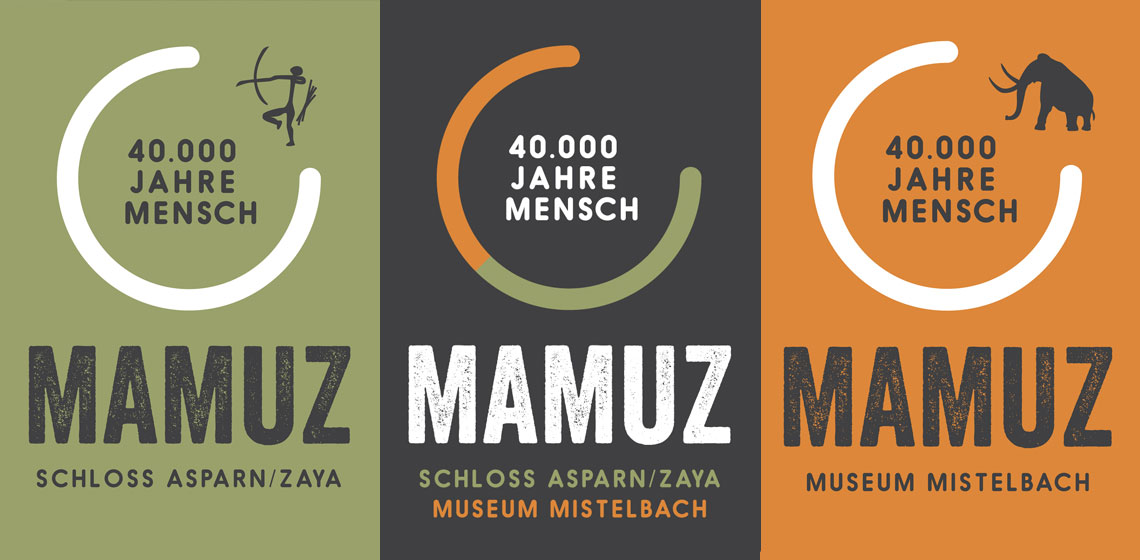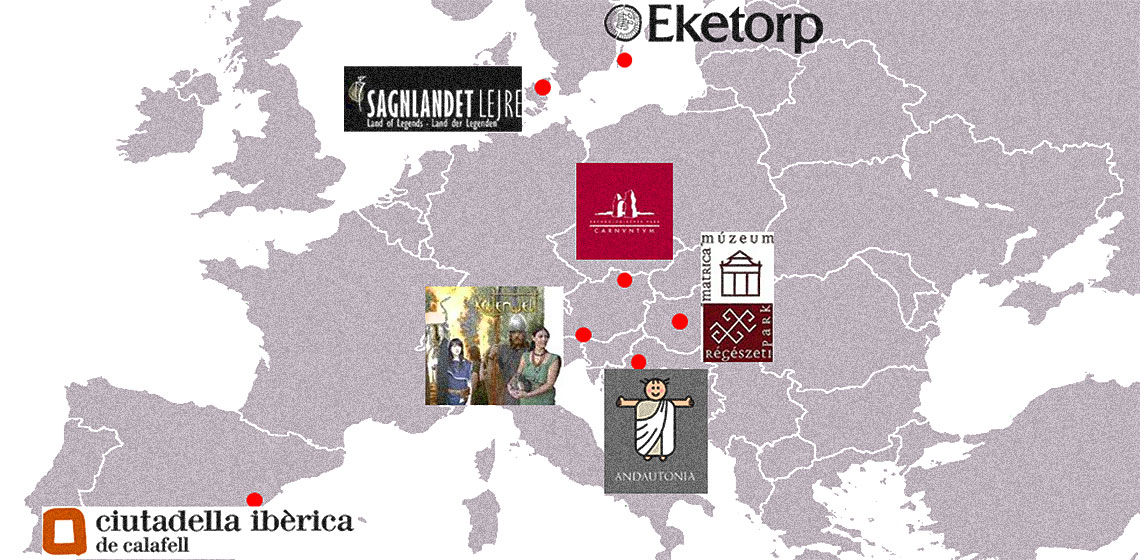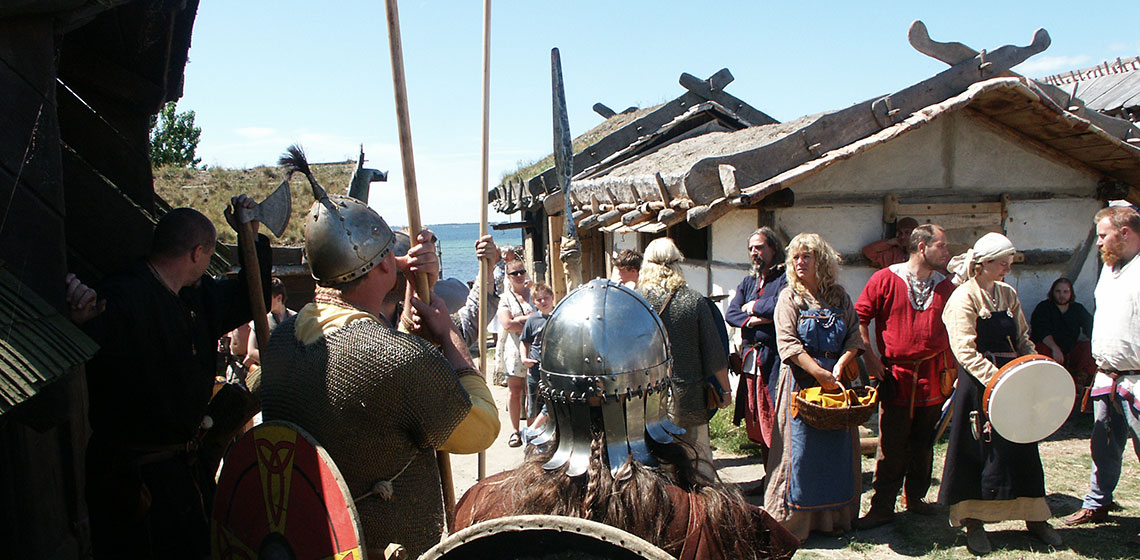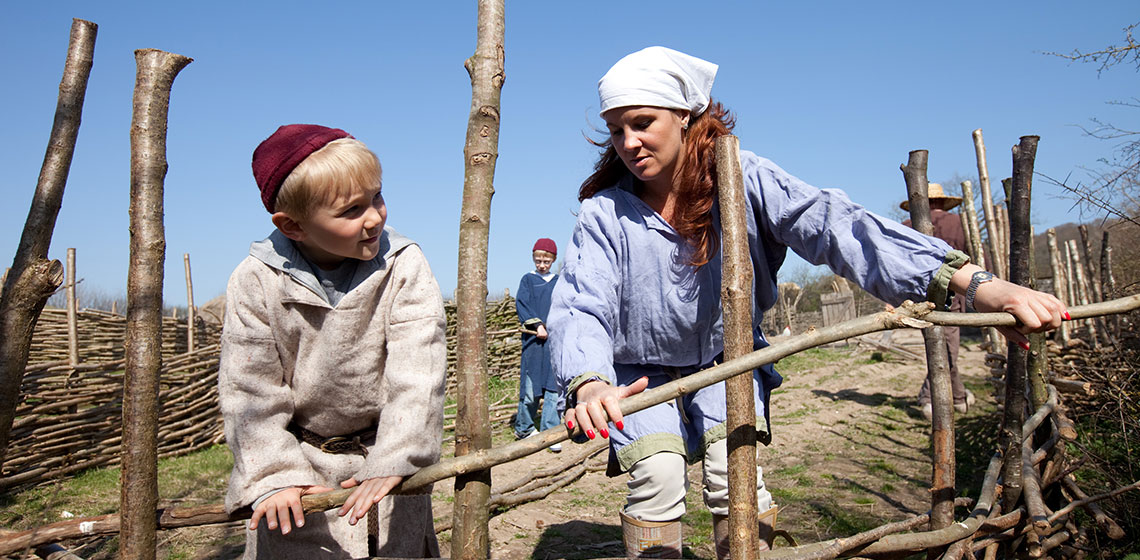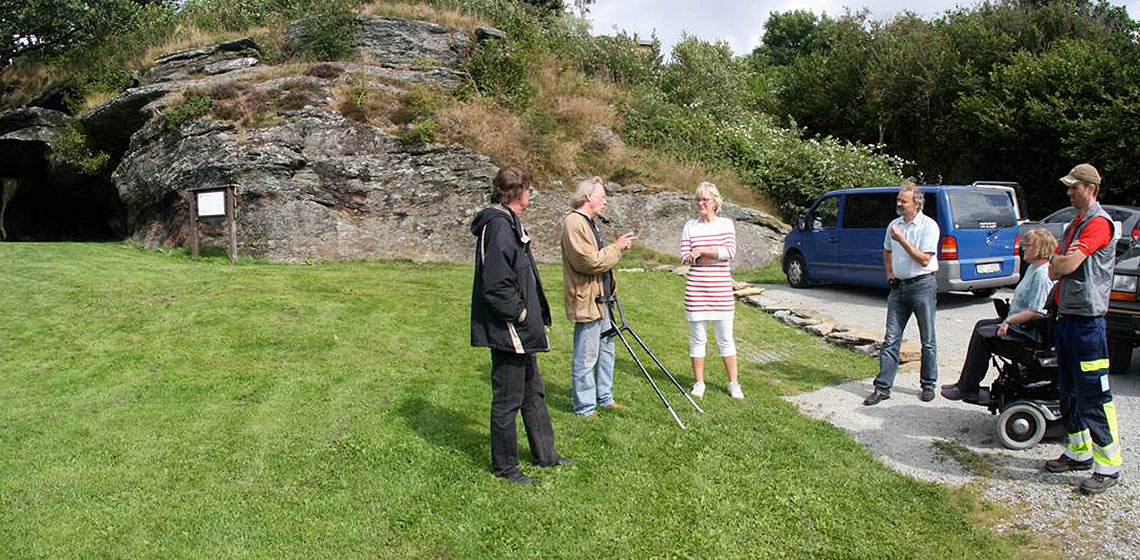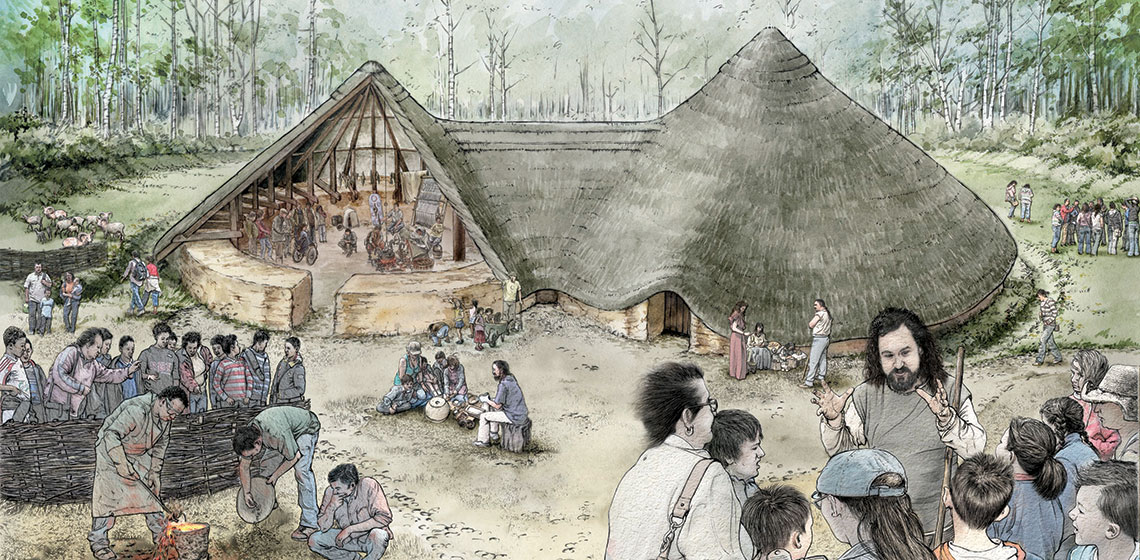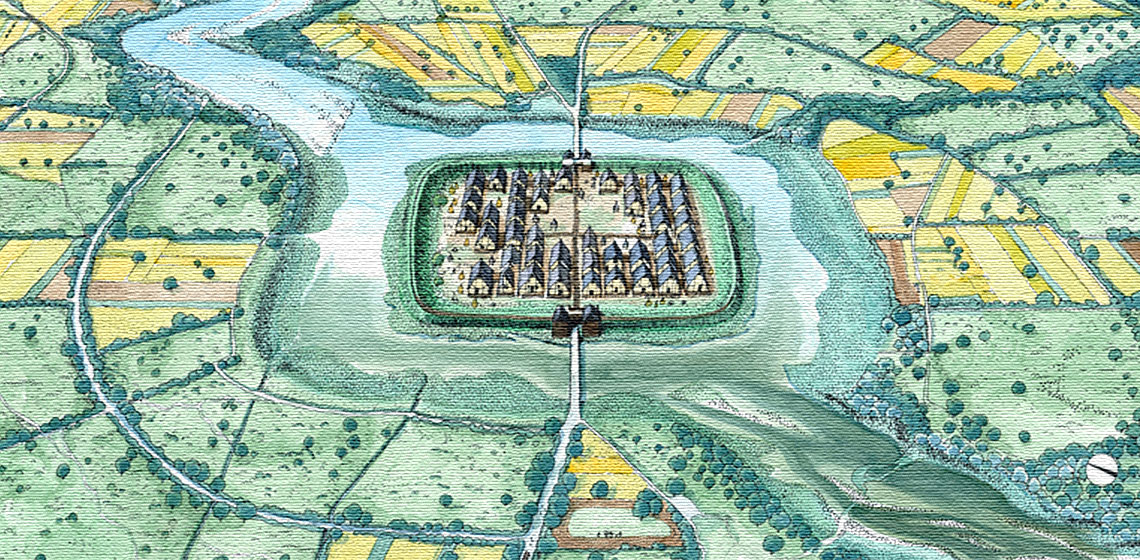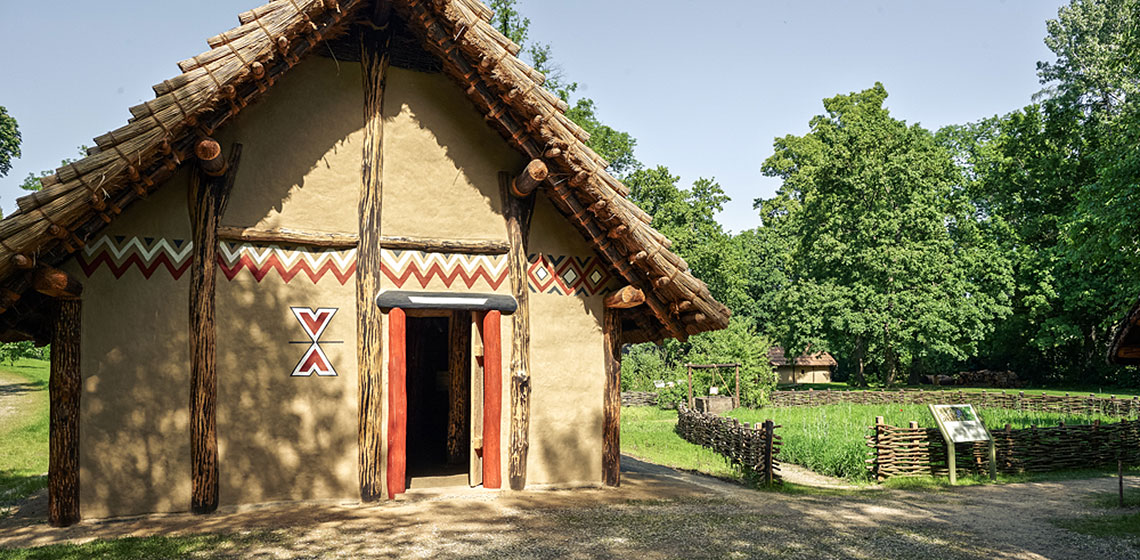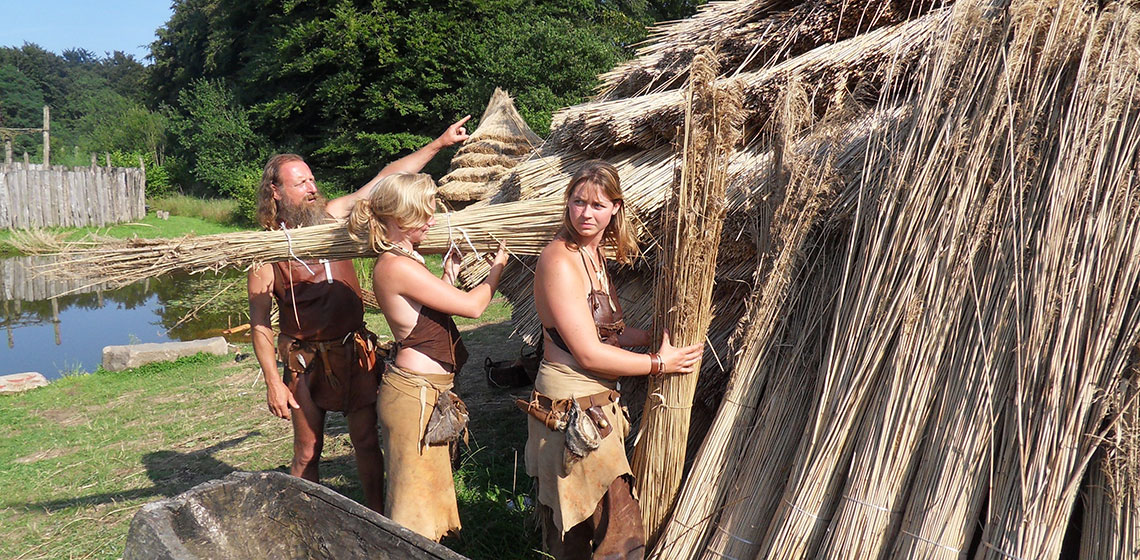The Archaeological Open-Air Site of the Museum of Prehistory MAMUZ and Its Cultural Touristic Development
MAMUZ is the new name that combines the Lower Austrian museum of prehistory Niederösterreich Asparn/Zaya and the museum centre Museumszentrum Mistelbach to create a centre of experiences and knowledge covering 40,000 years of the history of the human race. Using the example of its archaeological open-air site, the museum of prehistory MAMUZ aims to...
